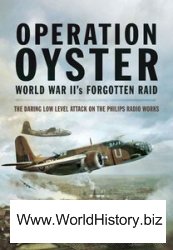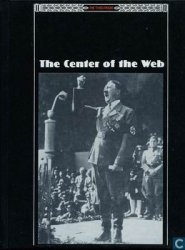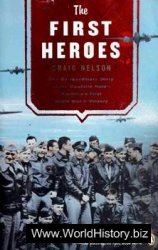All Highlanders were warriors, following their chiefs to battle, and in the 16th Century still roused by the sending round of the ‘fiery cross’ summoning them to the traditional mustering-place. They were found in all Scottish armies of the period; usually 15 per cent of the larger ones.
Their arms, even in the 17th Century, were, firstly, the bow: Highland archers in Leslie’s army in 1644 were said to be able ‘To kill a Deere in his Speed’ and there is no reason to believe English strictures on Scottish shooting; secondly the claymore, which throughout our period v/as atwo-handed sword. Dirk, and a flat round ‘targe’, usually leather-covered and decorated with embossing and metal nails and boss, sometimes spiked, would also be carried.
In the 17th Century, basket-hilted broadswords began to replace the original claymore, and firearms began to spread among the Highlanders. A roll of Athollmen in three parishes in 1638 shows the proportions of weapons available: 523 men had 110 ‘guns’ and two ‘hagbuts’ to 149 bows. There were also 11 pistols (probably the characteristic Scottish all-steel pistol with fishtail butt), 11 long axes and halberds. There were 448 ‘swords’ to only three two-handed swords.
16th Century Scottish claymore swords (Department of the Environment).


Guidon of David Boswell of Balmuto, captured at Pinkie.
18th Century ‘targe’ — 16th/17th Century ones would be similar (Department of the Environment).
Only 11 men had helmets and mail shirts (perhaps indicating 11 with ‘gallowgiass’ type equipment) but 125 had targes.
In the 16th Century the Highlanders, if not equipped with a helmet, would be bareheaded, but in the 17th Century they adopted the blue bonnet from the Lowlanders. Basic costume also changed around the turn of the century; 16th Century Highland dress consisted of the ‘leine croich’, a linen knee-length shirt, usually dyed yellow with saffron, and worn with a voluminous mantle or plaid secured with a brooch. After 1600 the leine disappeared and was replaced with the ‘belted plaid’ which gave the appearance of the later kilt and plaid. Stockings were also adopted for the first time, footwear remaining slashed rawhide brogues.
In both centuries short coats and trews cou Id also be worn, the latter being in the 16th Century sometimes knee-length, in the 17th sometimes baggy to the knee.
The only protection commonly worn by 16th Century Highlanders was a tar-stiffened leine covered with deerskin, but in any case they often stripped for battle, though sometimes retaining the shirt, the sides of which were tucked into the belt, the resultant ‘tails' at front and rear being tied between the legs; an Englishman described some in 1640 as the ‘nakedest fellows I ever saw’, and they were on parade:
Up to the 16th Century, a chief might wear a padded coat, asdescribed for gallowgiasses.
Plaids, often trews, and sometimes jackets were chequered, striped or parti-coloured, frequently in early tartan patterns which were simple and with a large ‘set’. As yet they did not identify clans, and a simple black and red ‘Rob Roy’ style seems to have been popular. Othercoloursfavoured were purple, blueand brown.
Highlanders were ferocious but unreliable, relyingeitheronskirmishing or a single volley followed by a wild charge; they hated, and would not stand up to, cannon, which they called ‘the mother of muskets’.
A 17th Century Highland mercenary with arquebus. Wears bonnet, baggy trews and a coat. Note short, broad single-edged sword. b 16th Century Highlander with 'skuil', bow, targe and claymore, wearing leine. c 16th Century Scots pikeman in jack. Note chain protection and shield, d Mid-17th Century Highland chief. Belted plaid. Ciosely resembles later Highland costume, e Highland archer in belted plaid and blue bonnet, 1630s. f 16th Century Highlander. He has stripped to his shirt which he has tucked up and knotted round his waist. His equipment includes a conical helmet of 'celtic' type, which could probably still be worn in the eariy 16th Century; a spiked targe; and a Lochaber axe (note hook for cutting reins, etc).
Right Carberry Hill. Forces of the (Scots) Confederate Lords. Note baronial banners, arquebusiers and archers.






 World History
World History









